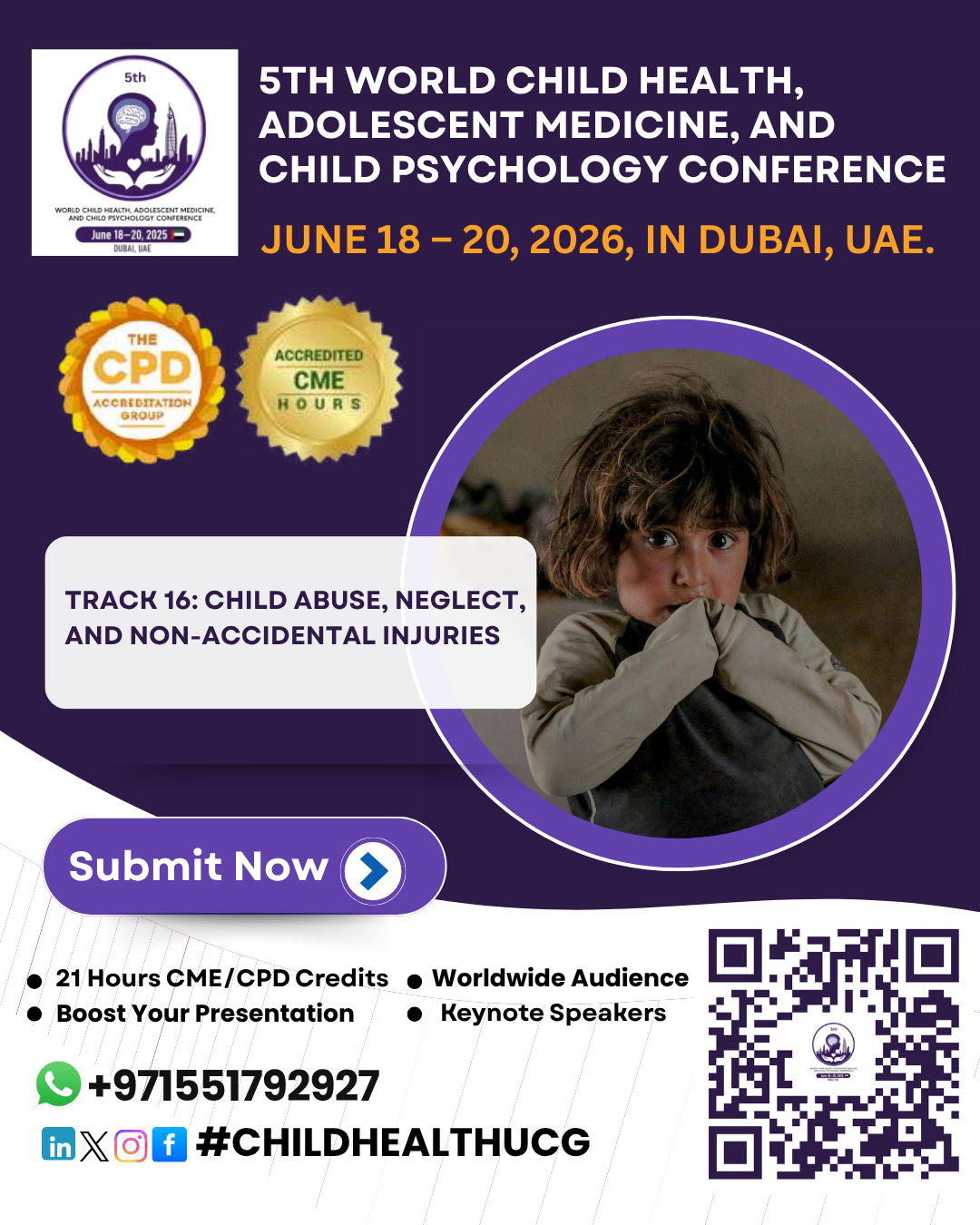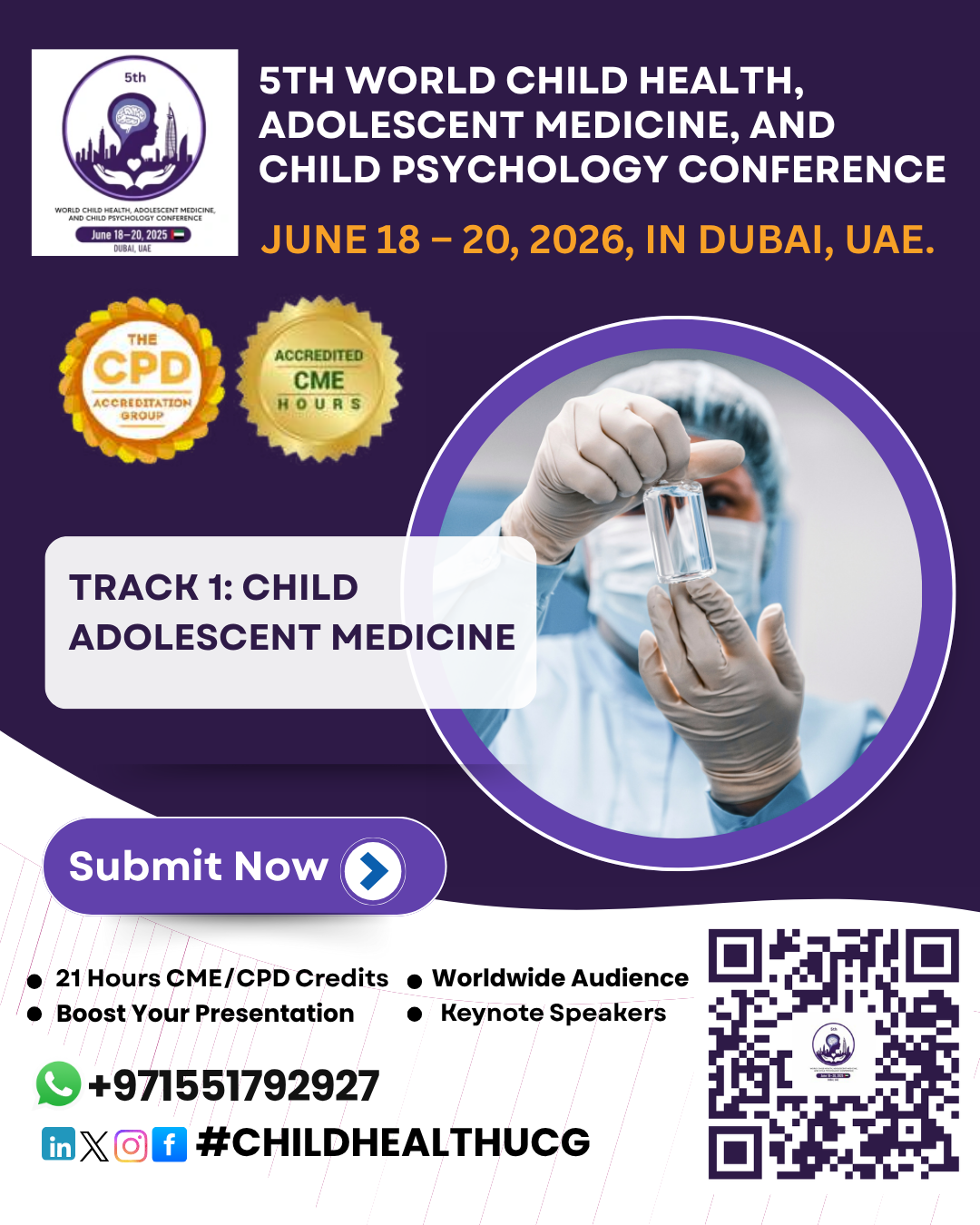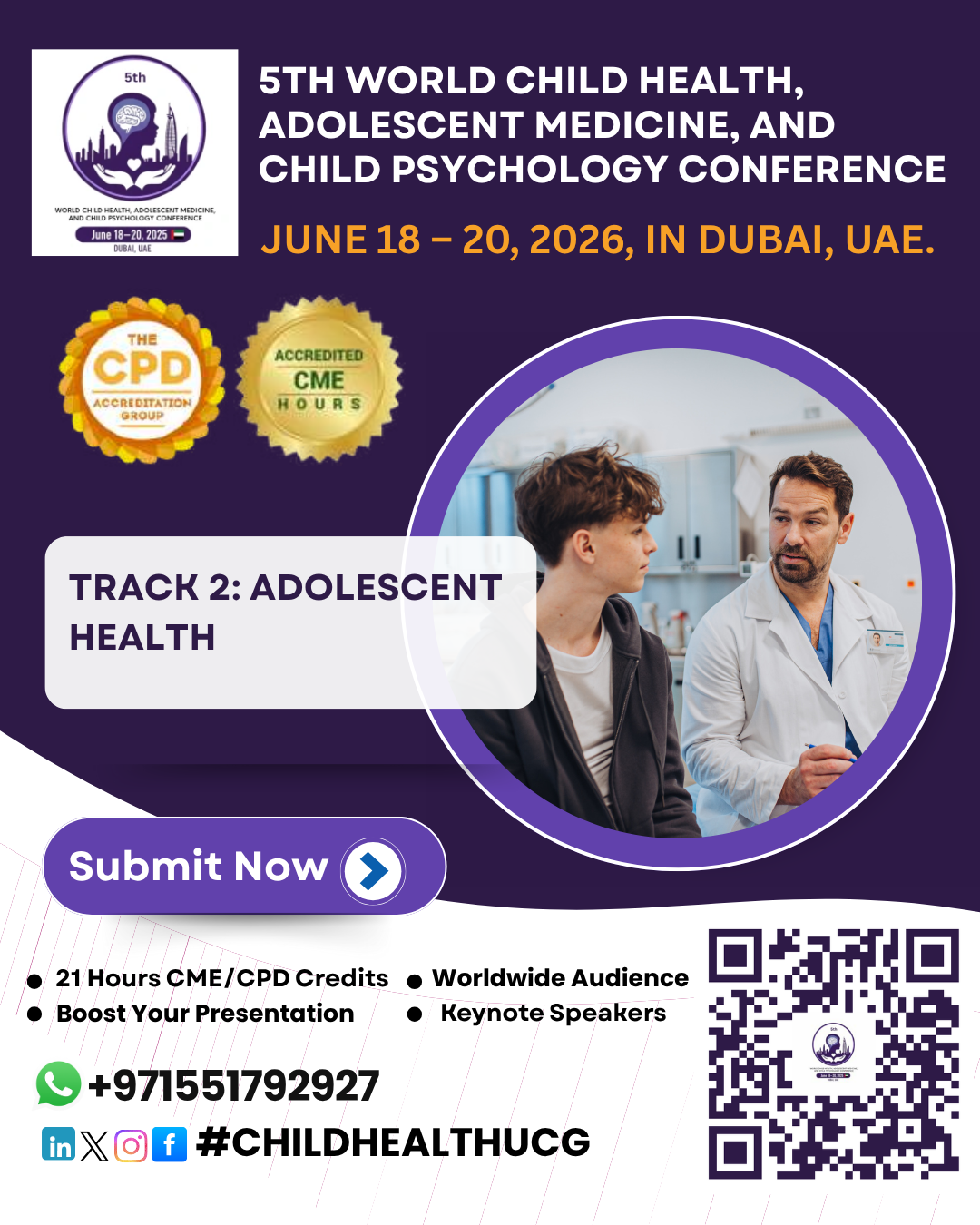



Sub Topics:
Adolescent Health, Pediatric Cardiology, Pediatric...

What is Adolescent Health?
Adolescent health focuses on the physical, mental,...

Child Abuse and Neglect Overview
Refers to physical, emotional, or sexual harm and failure to provide basic needs to a child.
It can occur in homes, institutions, or any setting where a child is dependent on adults.
Often results in long-term psychological, emotional, and physical damage.
• Types of Child Abuse
Physical Abuse: Intentional injury or harm (e.g., hitting, burning, shaking).
Emotional Abuse: Verbal assaults, humiliation, rejection, or exposure to domestic violence.
Sexual Abuse: Involvement of a child in sexual acts or exploitation.
Neglect: Failure to provide food, shelter, medical care, education, or emotional support.
• Non-Accidental Injuries (NAI)
Injuries inflicted intentionally rather than by accident.
Common signs: bruises in unusual areas, burns, fractures at different healing stages, bite marks.
Patterns of injury may not match the caregiver’s explanation.
• Warning Signs and Indicators
Frequent unexplained injuries or inconsistent explanations.
Fearful behavior toward parents or caregivers.
Sudden behavioral changes, withdrawal, or aggression.
Poor hygiene, malnutrition, or inappropriate clothing for weather.
Developmental delays or regression.
• Risk Factors
Parental substance abuse, mental illness, or history of violence.
Family stress, poverty, or social isolation.
Child with disability or special needs.
Lack of social support or poor coping skills in caregivers.
• Healthcare Professional’s Role
Identify suspicious injuries and behavioral signs.
Maintain accurate documentation and history-taking.
Report suspected cases to child protection services as per law.
Provide medical, emotional, and social support to the child.
Educate families on positive parenting and stress management.
• Prevention and Intervention
Promote awareness and education on child protection.
Strengthen family support systems.
Early identification through routine screening.
Collaboration between healthcare, education, and social services.